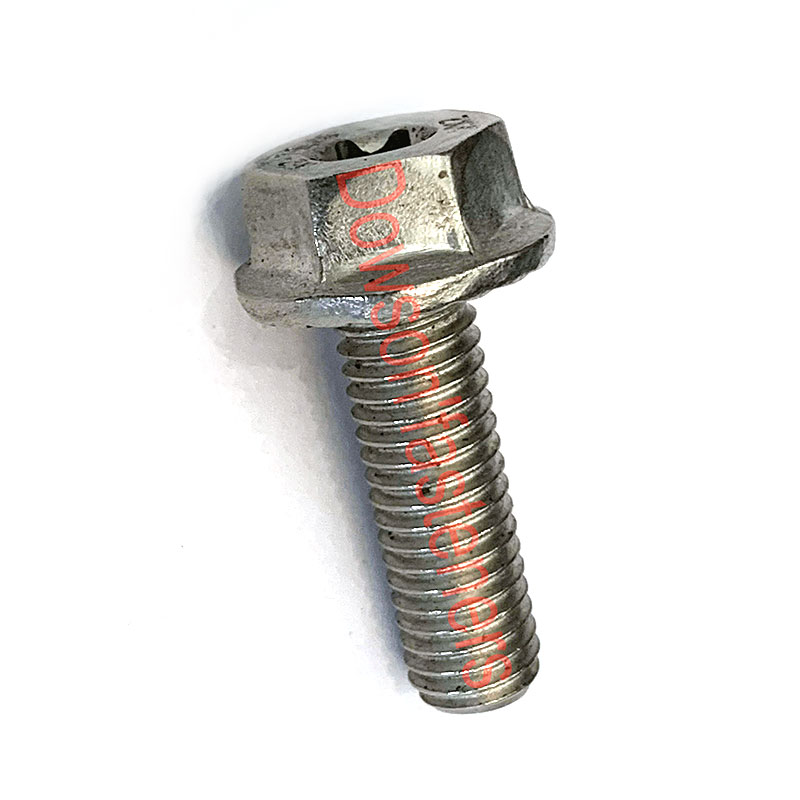U-Bolts: Shaping Secure Connections in Diverse Applications
2023-12-26
Introduction:
In the vast realm of fasteners, U-bolts stand out as versatile and robust components designed for securing various materials and structures. Characterized by their U-shaped design, these bolts offer a unique and effective solution for fastening applications. In this blog, we'll explore the features of U-bolts and delve into the diverse ways in which they are used for creating secure connections.
Understanding U-Bolts:
U-bolts derive their name from their distinctive U-shaped design, resembling the letter "U" when viewed from the side. These bolts consist of a threaded rod or bolt with a bent or curved section at each end, forming the U shape. The ends are threaded to accommodate nuts for secure fastening.
Key Features of U-Bolts:
1. U-Shaped Configuration:
The U-shaped design of these bolts provides a practical and secure means of wrapping around cylindrical or square objects. This configuration allows for efficient fastening without the need for additional hardware.
2. Threaded Ends:
Both ends of U-bolts are threaded, enabling the installation of nuts. The threading extends beyond the curve of the U, facilitating the secure attachment of various materials.
3. Material Varieties:
U-bolts are available in a range of materials, including stainless steel, carbon steel, and galvanized steel. The choice of material depends on factors such as load requirements, environmental conditions, and corrosion resistance.
4. Thread Types:
U-bolts come with different thread types, such as coarse or fine threads, to accommodate various applications. The thread type determines the pitch and spacing of the threads on the bolt.
5. Diverse Sizes and Dimensions:
U-bolts are manufactured in various sizes and dimensions to suit different applications. The diameter of the U-bolt, the length of the legs, and the spacing between the legs can all vary based on the specific requirements of the intended use.
Applications of U-Bolts:
1. Pipe and Conduit Fastening:
U-bolts are commonly used to secure pipes, conduits, and tubing to support structures. The U shape allows the bolt to wrap around the cylindrical shape of the pipes, providing a secure and stable fastening solution.
2. Marine and Automotive Applications:
In marine and automotive industries, U-bolts are employed for various fastening tasks. They secure components like exhaust systems, brackets, and suspension components, offering a reliable and durable connection.
3. Construction and Structural Engineering:
U-bolts play a vital role in construction and structural engineering. They are used to secure beams, columns, and other structural elements, providing stability and support in a wide range of construction projects.
4. Fencing and Gate Installation:
U-bolts are often utilized in fencing and gate installations. They secure posts, gates, and other components, ensuring a sturdy and reliable structure that can withstand external forces and environmental conditions.
5. Telecommunication Towers:
In the construction and maintenance of telecommunication towers, U-bolts are employed to fasten antennas, brackets, and support elements securely. The U shape allows for efficient attachment to the tower structure.
6. Agricultural Equipment:
U-bolts find applications in the agricultural sector for securing various components on machinery. They are used to fasten parts such as axles, brackets, and support structures, ensuring the reliable operation of agricultural equipment.
Conclusion:
U-bolts, with their distinctive U-shaped design and threaded ends, serve as integral components in a wide range of applications. Their versatility and robust construction make them a reliable choice for fastening tasks across various industries, from construction and automotive to marine and agriculture. As technology advances and industries evolve, the enduring utility of U-bolts ensures their continued prominence in the world of fasteners, shaping secure connections in diverse and dynamic environments.



